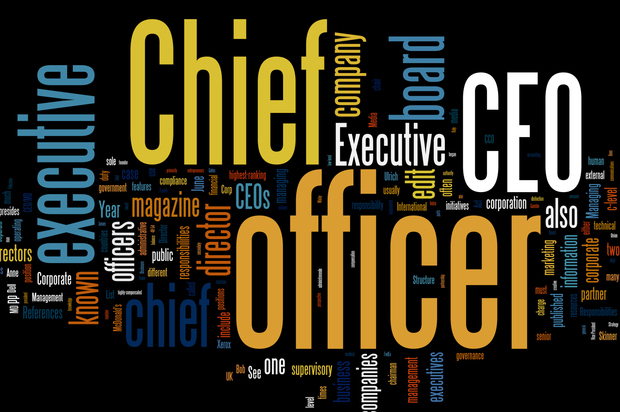It is becoming increasingly complex and the role of the CIO is constantly changing, everyone agrees, but what does the CIO of the future look like? The future CIO is the absolute leader of digital transformation and a driver of innovation and growth. This is because he/she of the future is well able to connect technical expertise with organizational skills. But did you also know that the CIO is the person who is – or should be – responsible for the customer experience?
Research by Deloitte shows that the role of the CIO is changing in various ways. In this study, a distinction is made between the different roles that the CIO can play. The trusted operator is the CIO that focuses on efficiency, reliability, and costs. He or she provides supporting technologies and is in line with the business strategy. Another role is the business co-creator, who spends his time mainly on steering the business strategy and making change possible. With the aim of effective implementation of the strategy.
Tasks:
“Optimizing the customer experience is increasingly becoming a task of the CIO”
My employer increasingly helps organizations that expect their CIO to be able to transform business processes, such as customer experience. Naturally, he or she is responsible for building (or having built) back-end systems, but the CIO will also have to streamline business processes through technology. Looking at Deloitte’s research, you can conclude that optimizing the customer experience is increasingly becoming a task of the CIO as it links to business processes and therefore the role of the trusted operator.
A good example of this is Kone, where the CIO is responsible for the smarter production and maintenance of escalators, lifts and moving walkways with the help of IoT and real-time technology. The system can detect malfunctions and automatically issue a work order so that the problem can be remedied before the customer realizes that something is wrong. In addition, the field service of Kone has access to good and up-to-date information, and through these insights, it can better respond to the needs of the customer. This allows a company to provide proactive, better service, which improves the customer experience and results in more satisfied customers.
The ultimate customer experience
The ultimate customer experience is based on deep and broad insights into the customer; a uniform customer profile is required for this. In many organizations, each department collects its own data and forms its own insights about the customer. However, the problem is that, without a customer data platform, this data is fragmented and cannot be fully utilized. When systems and data sources do not work together, one department cannot access the valuable insights of the other department. Insights that can help to serve the customer even better. The role of the CIO is to integrate all different data sources so that each department has all the information from the customer at all times and can offer a better customer experience. This allows a salesperson, for example, to identify opportunities for cross-selling and up-selling based on the history of each customer.
When all customer data is available, this data can also be analyzed and recommendations made on it. On the basis of previously purchased products, you can then find out, for example, whether and what someone will most likely buy next time. It then enables marketers to deliver the right message to the right customer at the right time, so that it converts faster. That is the important role of the CIO within the customer experience in which the CIO plays and combines both the trusted operator and the business co-creator role. So CIO of the future; make sure that you are both the trusted operator and the business co-creator so that you are able to optimize the customer experience from start to finish


